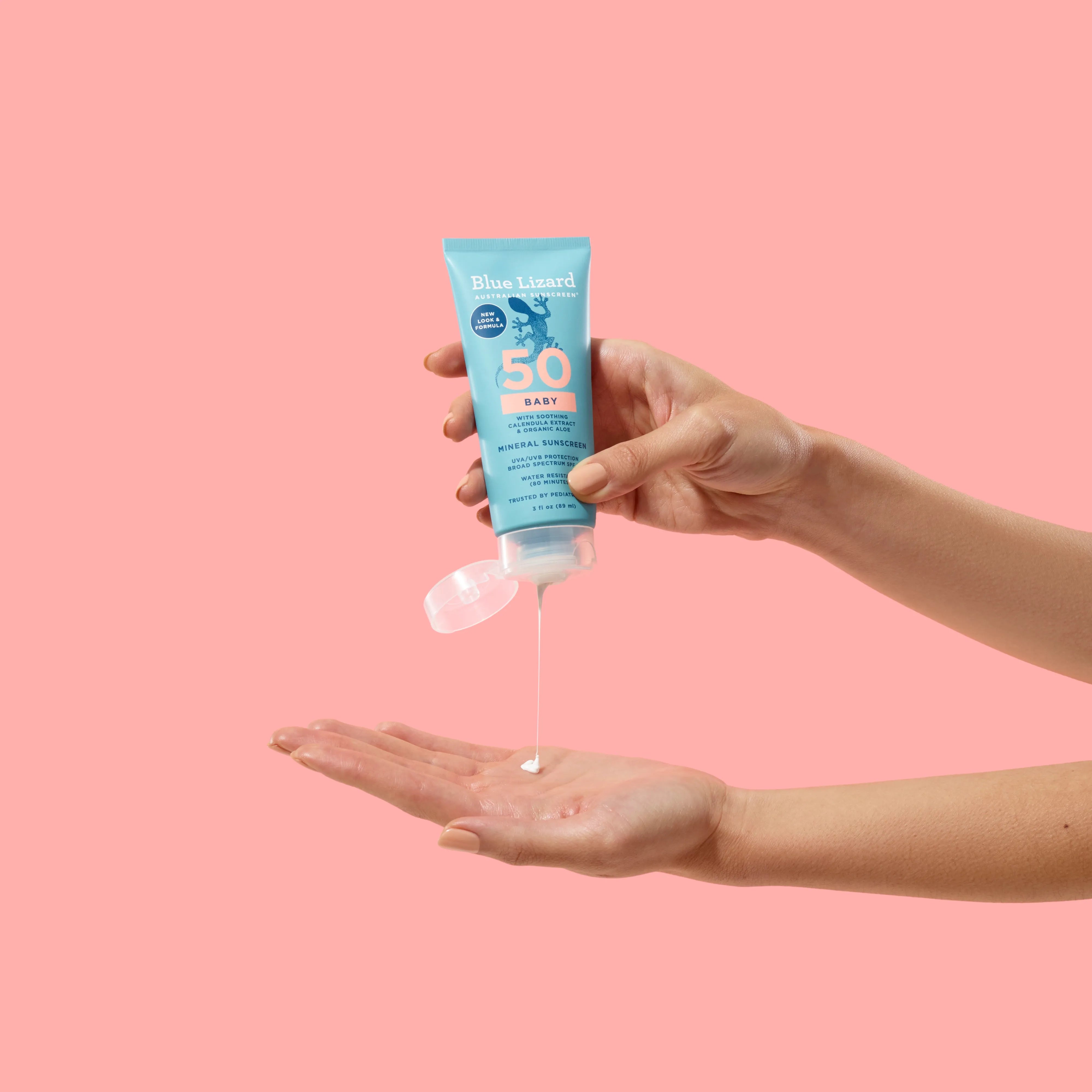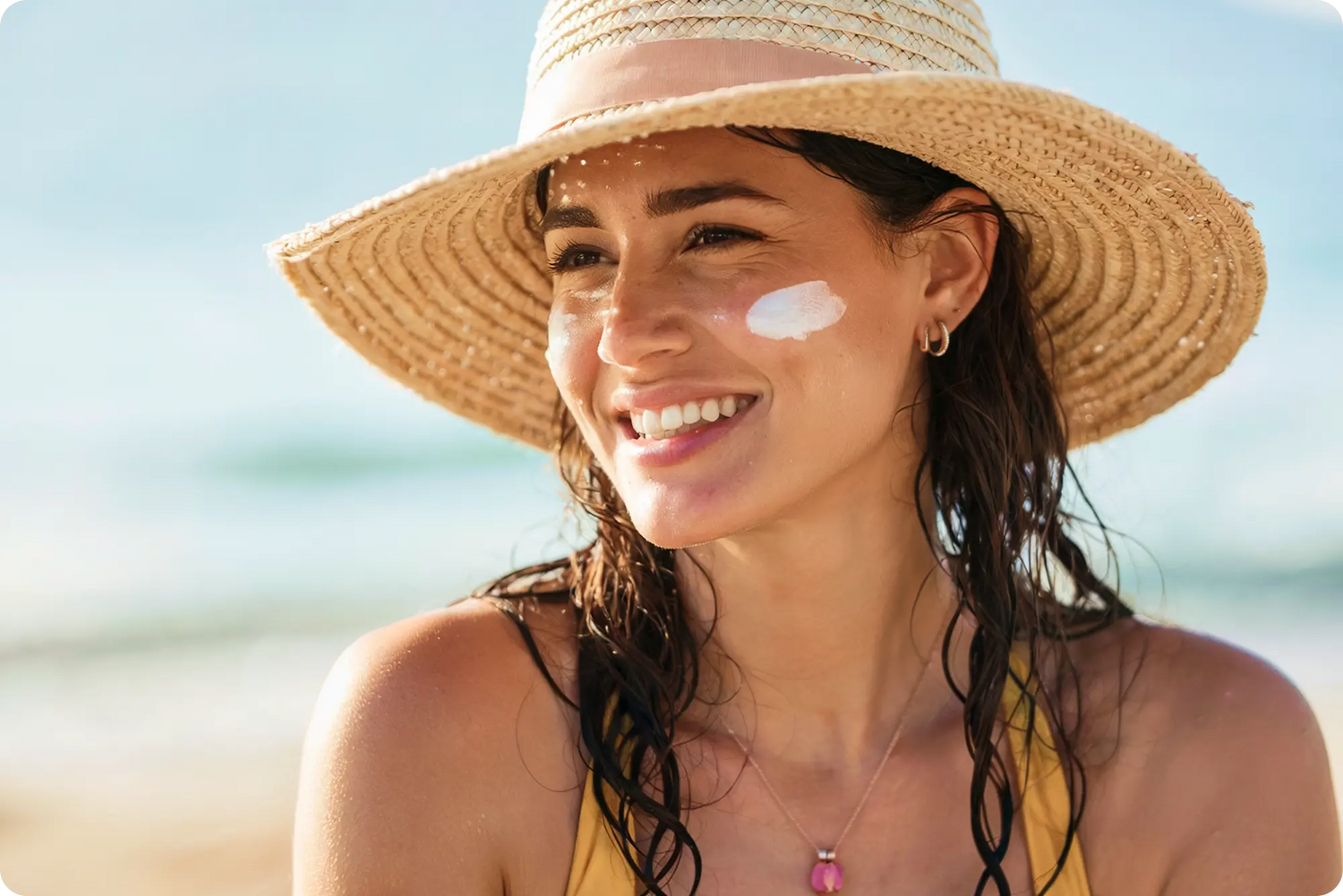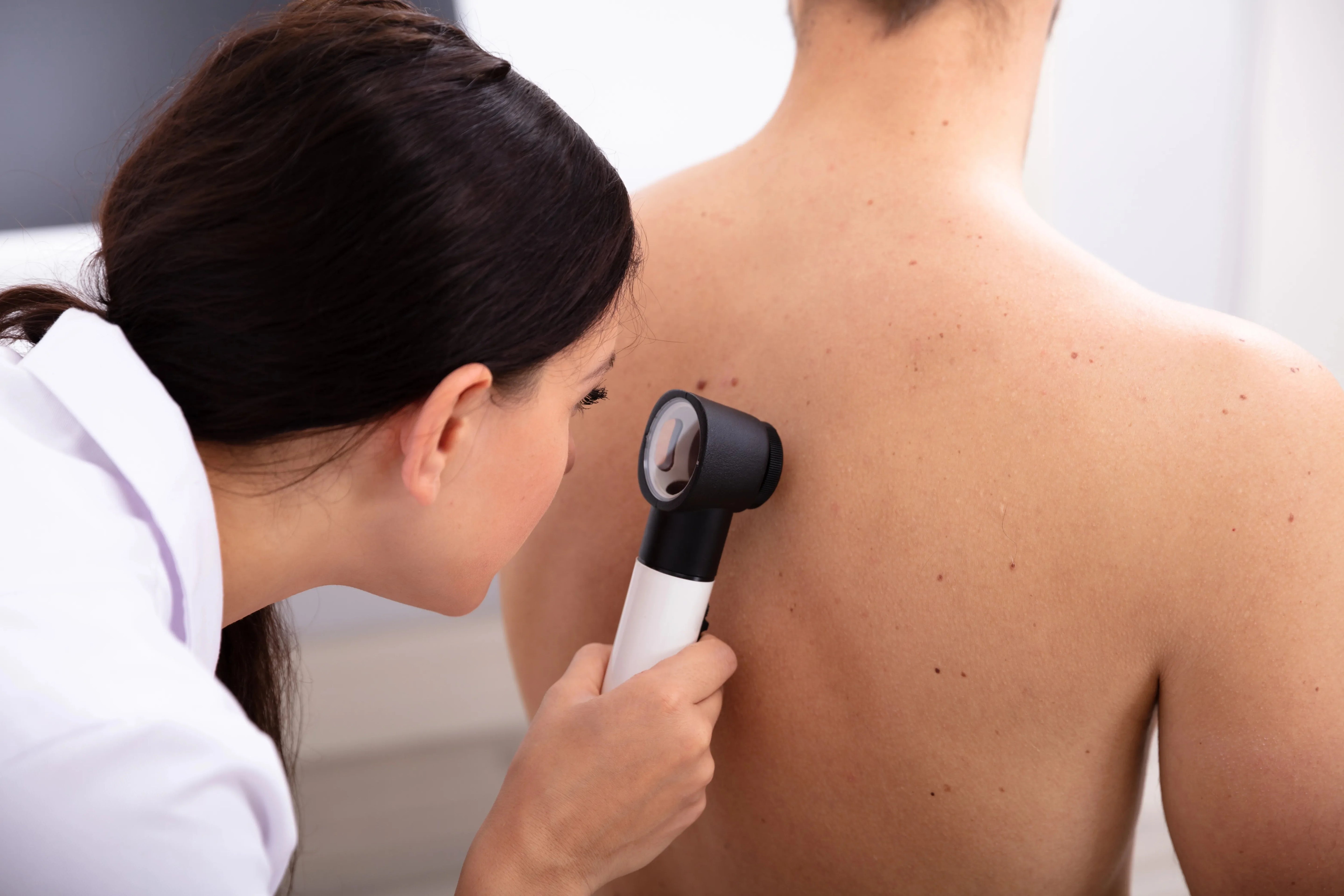Whether you're heading to the beach, enjoying a hike on a perfect day, or just relaxing in your backyard, you might be wondering: Can I still get a tan if I wear sunscreen?
Or, does sunscreen completely block tanning?
The short answer is yes, you can still tan while wearing sunscreen.
But that’s not necessarily a good thing.
Let’s break down how sunscreen works, why tanning isn’t as harmless as it seems, and how to enjoy the sun more safely.
How Does Sunscreen Work?
We're all about helping you step out of the shade and live fearlessly in the sun! Our dermatologist and pediatrician trusted mineral sunscreens help deliver safe physical sun protection to you and your family. Let’s have a look at how sunscreen works and the difference between mineral and chemical SPF.
• Chemical sunscreens are the most common sunscreens on the market. They work by absorbing into the deeper layers of your skin and converting UV rays into heat, which is released into the skin. Unfortunately, UV light can destroy this function of chemical sunscreens, leaving you unprotected with potential for skin irritation.
• Mineral sunscreens, like the ones we have at Blue Lizard, use Zinc Oxide and/or Titanium Dioxide which sit on top of your skin, reflecting and scattering UV rays. These sunscreens are designed to help protect your skin by reflecting the sun's harmful rays.
Both types help reduce your risk of sunburn, skin aging, and skin cancer. But they’re not magic. No sunscreen can block 100% of UV rays, which is why it’s still possible to tan with sunscreen on.
Does Sunscreen Prevent Tanning?
Sunscreen significantly reduces the amount of UV radiation that reaches your skin, but it doesn’t eliminate it completely.
Even with SPF 30 or 50, a small percentage of UV rays can still penetrate and trigger melanin production, which leads to a tan.
So yes, you can still tan with sunscreen, especially if you’re outdoors for extended periods. However, that tan is your body’s response to DNA damage from UV exposure… meaning even a so-called “healthy glow” is actually a sign of skin damage.
Why Tanning Isn't Harmless
A tan, whether it’s from the sun or a tanning bed, is a sign that your skin has been damaged.
Over time, repeated exposure to UV rays can lead to:
• Premature aging (fine lines, wrinkles, and dark spots)
• Sunburn
• Skin cancer, including melanoma
Dermatologists recommend avoiding intentional tanning altogether. That’s why daily sun protection is so important, even on cloudy days or when you're just running errands.
Tanning Myths That Can Put Your Skin at Risk
Despite everything we know about UV damage, myths about tanning are still surprisingly common. And believing them can lead to serious consequences.
According to the American Academy of Dermatology, 45% of people believe at least one tanning myth.
MYTH: “A base tan prevents sunburns.” (22% believe this)
FACT: A base tan is not protective… it’s a sign of damaged skin. It offers the equivalent of SPF 3 or less, which is far from adequate protection.
MYTH: “Tanning is safe as long as you don’t burn.” (20% believe this)
FACT: You don’t have to burn to cause DNA damage. Even a light tan means your skin cells are in distress.
MYTH: “A base tan lowers your risk of skin cancer.” (18% believe this)
FACT: The opposite is true—any tanning increases your lifetime risk of skin cancer.
MYTH: “Tanning is healthy.” (13% believe this)
FACT: There’s no such thing as a healthy tan from UV rays. Healthy skin is protected skin.
The survey also found that 53% of respondents think tanned skin looks healthier. What we often think of as a healthy glow is actually your body’s way of signaling injury from UV exposure.
Instead of chasing a tan, aim to keep your natural skin tone healthy, hydrated, and well-protected from the sun.
But I Want That Summer Glow. What Should I Do?
We get it. Everyone loves a bit of glow. The good news? You can fake it safely.
Use a high-quality self-tanner or bronzing lotion to achieve that sun-kissed look without putting your skin at risk.
Just be sure to continue using sunscreen daily, as self-tanners don’t provide any UV protection!
How to Protect Your Skin Without Missing Out

At Blue Lizard, we have simplified sunscreens so you can be fearless in the sun.
As experts in mineral sunscreens for nearly 30 years, we've earned awards for our high-quality products–and the trust of healthcare professionals.
We've helped generations of people live fearlessly in the sun. You can count on Blue Lizard to help protect you, too.
• Choose a broad-spectrum sunscreen with SPF 50 or higher. Blue Lizard’s mineral sunscreens are all broad-spectrum, meaning they protect against both UVA rays (which cause aging) and UVB rays (which cause burning).
• Reapply every 2 hours. No sunscreen lasts all day. Many of our formulas have 80 minutes of water resistance, but you do need to reapply every two hours to stay protected.
• Cover up. Sunscreen is just one part of the equation. Add UPF clothing, wide-brimmed hats, and sunglasses for a full defense against UV exposure.
• Seek shade when you can. Especially between 10 a.m. and 4 p.m., when the sun’s rays are strongest. A little planning can go a long way in keeping your skin healthy.
Wrapping It Up
So, can you tan with sunscreen? Yes. But tanning isn’t as harmless as it looks.
Any color change in your skin is a sign of UV damage.
A safer to enjoy the sun is with daily sunscreen and protective gear.
Blue Lizard makes it easy to protect your skin while staying active, confident, and fearless.
TL;DR (Too Long; Didn’t Read)
• You can still get a tan while wearing sunscreen, but that tan is a sign of skin damage, not a healthy glow.
• No sunscreen blocks 100% of UV rays—SPF reduces, not eliminates, exposure.
• Wear at least SPF 50 (most Blue Lizard sunscreens are SPF 50) and wear it every day, even on cloudy days.
• Avoid intentional tanning and use self-tanner instead.








